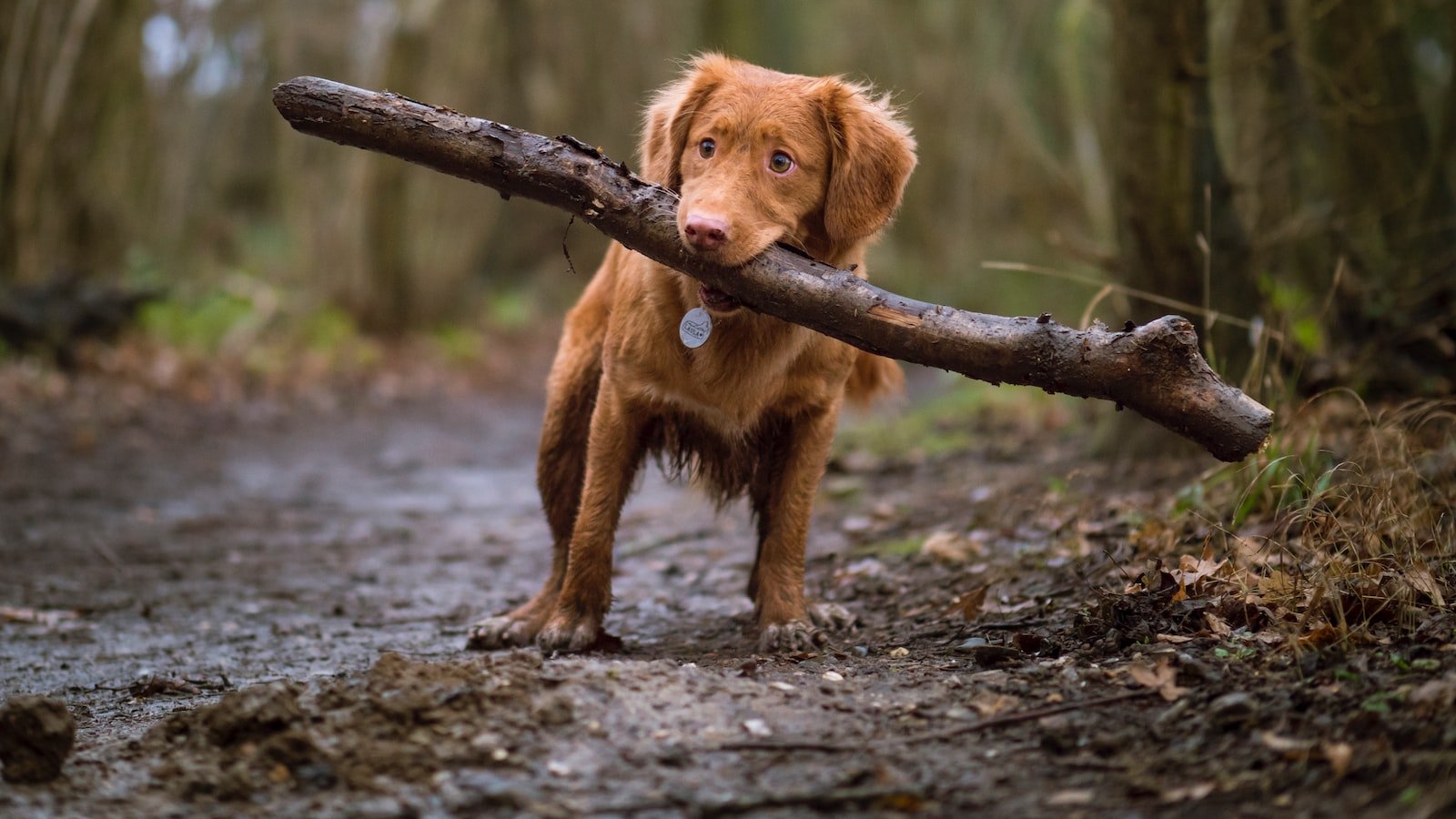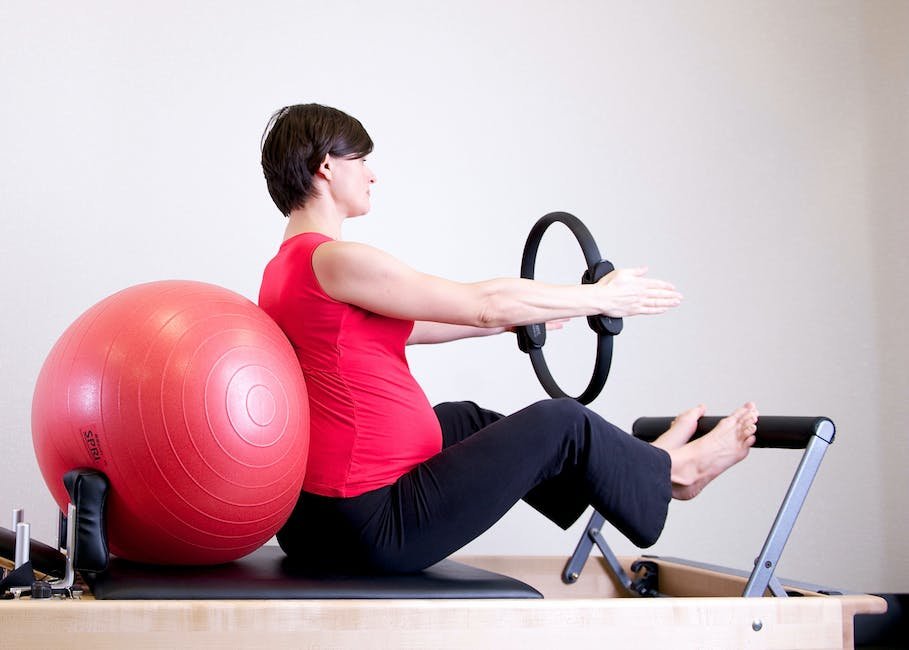Have you ever wished that your furry companion could defy the laws of gravity? While teaching your dog to sit or shake paws may seem like a piece of cake, why not take things to the next level and embark on a training journey that will leave your jaws dropping? Brace yourselves, as we delve into the mystifying world of dog training, where our four-legged friends dare to defy all odds and perform the ultimate balancing act: a handstand! In this enchanting expedition, we’ll unravel the secrets behind this mind-boggling trick, revealing the step-by-step guide that will turn your pup into the Harry Houdini of the canine world. So, hold on tight, grab some treats, and let’s explore the realm of the impossible together!
Table of Contents
- Understanding the Basics of Teaching Your Dog a Handstand
- Building Strength and Flexibility for a Dog’s Handstand
- Breaking Down the Training Process: Step by Step Guide
- Effective Tips and Techniques to Encourage Balance and Coordination
- Taking the Handstand to the Next Level: Challenges and Progressions
- Q&A
- Future Outlook

Understanding the Basics of Teaching Your Dog a Handstand
Teaching your dog a handstand may sound like an impressive trick, but with patience and the right approach, it can be a fun and stimulating activity for both you and your furry friend. Before starting this training exercise, it’s essential to ensure that your dog is physically fit and capable of performing such a task.
To begin, you’ll need a few key ingredients: a clicker, treats, and a soft and steady surface for your dog to practice on. Start by luring your dog into a standing position using a treat, raising it slightly above their head. The goal is for them to look up and elevate their front paws off the ground. Once they achieve this, click and reward with a treat, reinforcing the behavior.
- Start off with short training sessions, focusing on building your dog’s confidence and strength gradually.
- Repeat the process, gradually raising the treat higher each time, until your dog begins to lift their front paws higher and higher.
- Once your dog is comfortable with the raised front paws position, you can introduce a cue or command, such as “handstand.” Remember to use a consistent tone and clear hand signals or gestures to accompany the verbal command.
As your dog becomes more proficient, you can start shaping the trick into a full handstand. Gently guide their back legs upwards, supporting them as needed, while rewarding and cheerfully praising their progress. Over time, with practice and positive reinforcement, your dog will learn to balance and hold a handstand on their own!

Building Strength and Flexibility for a Dog’s Handstand
As pet owners, we strive to help our furry friends lead healthy and active lives. One impressive yet quirky trick that can be fun to teach your dog is the handstand. Not only does it showcase your dog’s incredible balance and strength, but it also requires a combination of core stability and flexibility.
Key Exercises:
1. Planking: Just like humans, dogs can benefit from this exercise too. Encourage your pup to hold a plank position for a few seconds, gradually increasing the duration as their strength improves. Remember to keep their body aligned from head to tail.
2. Paw Crossovers: A simple yet effective exercise to improve your dog’s flexibility is paw crossovers. While in a standing position, lure your pup with a treat, encouraging them to cross one front paw over the other. Repeat this several times on each side, promoting suppleness in their shoulder muscles.
3. Hind Leg Lifts: To strengthen their hindquarters, have your pup stand on all fours, then gently lift one hind leg off the ground. Hold it for a few seconds before lowering it back down. Repeat on each side to build muscular endurance and improve their balance.
Stretching Routine:
1. Neck Stretches: Gently tilt your dog’s head to one side, ensuring they feel a light stretch along the opposite side of their neck. Repeat on the other side, all while rewarding them with praise and treats.
2. Shoulder Stretches: With your dog standing beside you, hold a treat in front of their nose and guide their head toward their shoulder. This stretch aims to increase flexibility in their shoulder joints and should be repeated on both sides.
3. Hip Flexor Stretches: While your dog lies on their back, gently hold one hind leg, bending it at the knee joint. Slowly bring the leg towards their chest, being careful not to cause any discomfort. Repeat on the other side to stretch their hip flexor muscles.
Remember, consistency and positive reinforcement are key when training your dog. requires patience and understanding of your pup’s individual capabilities. Always consult with a veterinarian before starting any new exercise regimen to ensure the safety and well-being of your furry companion.

Breaking Down the Training Process: Step by Step Guide
Embarking on a training journey can be overwhelming, but fear not! In this step by step guide, we will break down the training process into manageable chunks, helping you navigate every stage with confidence.
Step 1: Define Your Goals
Begin by clearly defining your training objectives. What skills or knowledge do you hope to gain? Setting specific, measurable goals will help you stay focused and motivated throughout the process.
- Step 2: Research and Gather Resources
- Step 3: Create a Training Plan
Once you have identified your goals, it’s time to gather the necessary resources. Look for books, online courses, workshops, or mentors who can provide the knowledge and guidance you need. Remember to consider both theoretical and practical resources to ensure a well-rounded training experience.
Now that you have your goals and resources in place, it’s time to create a detailed training plan. Break down your learning objectives into smaller, achievable milestones, and establish a timeline for completing each one. This will help you track your progress and stay accountable.
With this step by step guide, you are equipped to tackle any training endeavor with confidence. Remember, consistency and dedication are key. Good luck!

Effective Tips and Techniques to Encourage Balance and Coordination
If you’re looking to improve your balance and coordination, we’ve got you covered with some effective tips and techniques that will leave you feeling more steady and agile than ever before.
- Try yoga and Pilates: Both yoga and Pilates focus on strength, flexibility, and stability. Incorporating these practices into your routine can help improve balance and coordination through various poses and exercises.
- Engage in balance exercises: Engaging in specific exercises to enhance your balance is crucial. Some examples include standing on one leg for increasing periods of time, practicing heel-to-toe walking, or using balance boards and stability balls.
- Explore martial arts: Martial arts such as Tai Chi and Aikido promote body awareness, concentration, and coordination. These ancient practices can help improve balance through slow, controlled movements.
- Consider dance classes: Dancing not only allows you to express yourself creatively but also helps enhance your balance and coordination. Whether it’s ballet, salsa, or hip-hop, taking dance classes is a fun way to challenge and develop these skills.
- Train with resistance: Strength training exercises using resistance bands, weights, or your body weight can aid in improving balance and coordination. Balancing exercises while engaging the muscles can lead to better overall stability.
Remember, consistency and patience are key when working on balance and coordination. Incorporate these tips and techniques into your routine, and over time, you’ll notice significant improvements in your ability to move with grace and precision.
Taking the Handstand to the Next Level: Challenges and Progressions
So you’ve mastered the basic handstand and you’re ready to take your skills to new heights. Here are some challenges and progressions that will test your balance, strength, and flexibility, and help you elevate your handstand game:
1. One-Arm Handstand:
Take your handstand practice to the next level by focusing on balancing on just one arm. This advanced variation requires incredible upper body strength, core stability, and body control. Start by practicing with your legs against a wall for support, gradually increasing the amount of time you can hold the one-arm handstand. Remember to engage your entire body, keeping a strong, straight line from fingertips to toes.
2. Handstand Push-ups:
Challenge your shoulders and triceps with handstand push-ups. This exercise not only builds strength but also enhances your overall control in the handstand position. Start by kicking up into a handstand against a wall, lower your body until your head gently touches the ground, and then push back up to the starting position. As you progress, increase the depth of your push-up and eventually try performing them away from the wall for an even greater challenge.
3. Handstand Walking:
Take your handstand practice on the move with handstand walking. This dynamic variation requires not only balance but also coordination and agility. Start by learning to balance in a handstand against a wall, then begin practicing small steps by walking your hands and feet in unison. Gradually increase the distance until you can seamlessly walk across the room on your hands. It’s a fantastic way to challenge your stability and step up your handstand game.
Q&A
Can dogs really do handstands?
Yes, with the right training and consistent practice, dogs can learn to perform handstands. It requires patience, positive reinforcement, and building their strength gradually.
Why would anyone want to teach their dog a handstand?
Teaching your dog a handstand can be a fun and unique trick that can impress friends and family. It also helps to enhance their coordination, balance, and overall physical fitness.
What are the key steps to teach a dog a handstand?
Start by teaching your dog to balance on their hind legs using a clicker and treats, then gradually increase the duration. Once they have mastered this, introduce a hand target and gradually raise it higher until they can balance on their front paws.
How long does it take to teach a dog to do a handstand?
The time it takes to teach a dog a handstand can vary depending on the individual dog’s willingness to learn and their existing training. It may take several weeks to months of consistent practice to achieve the desired handstand.
Is it safe for dogs to do handstands?
When taught properly, handstands are safe for dogs. However, it’s important to consider the dog’s physical capabilities and only progress at a pace that is comfortable for them. Consulting with a professional dog trainer can help ensure safety and prevent any potential injuries.
What should I do if my dog struggles with balancing?
If your dog is having difficulty with balancing, it’s essential to take a step back and revise your training approach. Make sure to break the process into smaller, achievable steps, and continue to reinforce positive behavior with treats and encouragement.
Can any dog learn to do a handstand?
While most dogs can potentially learn to do a handstand, some breeds may find it more challenging due to their physical limitations. It’s important to consider your dog’s size, build, and overall health before embarking on teaching them this trick.
Future Outlook
As we conclude this illuminating journey on teaching your furry companion the extraordinary art of handstanding, we hope that you have not only gained valuable insight but also harnessed a newfound appreciation for the boundless potential within your dog. With every paw and every leap, they remind us of the incredible wonders that can be achieved through patience, dedication, and a touch of canine magic.
Remember, embarking on this balancing act requires a delicate blend of guidance, encouragement, and the understanding that Rome wasn’t built in a day. As you and your four-legged protegé venture into this gravity-defying realm, please bear in mind that safety and well-being should always reign supreme. Seek professional advice, listen to your dog’s limits, and let the journey become a testament to the extraordinary bond shared between a human and their loyal companion.
Whether your pup becomes a handstand extraordinaire or prefers to pursue other endeavors, just know that your efforts in unlocking their hidden talents will forever be cherished. Embrace the moments of triumph, the setbacks that serve as reminders of patience, and the shared laughter that echoes through the training sessions.
In the end, it’s not just about handstands or gravity’s defiance, but about the extraordinary connection and love that blossoms as you embark on this awe-inspiring adventure together. So go forth, dear dog enthusiasts, unafraid of the unconventional, understanding that each handstand attempt is an act of trust, spurring your dog to reach heights they never thought possible.
The world is filled with endless tricks and abilities waiting to be unraveled, and your four-legged companion, with their unwavering spirit, is eager to take on any challenge that comes their way. So, embark on this magical journey, let the handstand’s allure spark your imagination, and bask in the joy that one can find when they dare to push beyond the ordinary and witness their beloved pup rise to incredible new heights.
As an affiliate, my content may feature links to products I personally use and recommend. By taking action, like subscribing or making a purchase, you’ll be supporting my work and fueling my taco cravings at the same time. Win-win, right?
Want to read more? Check out our Affiliate Disclosure page.